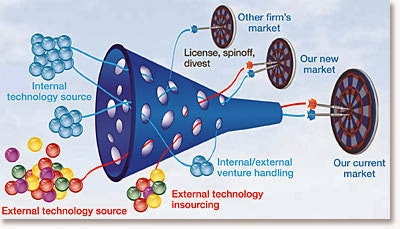What are the undercurrents of design thinking?

By Connie Harryman, Applied Concepts Creativity
Guest Blogger IIR USA
LIVE Front End of Innovation Europe 2010
Speaker: Robert Klanten, Publisher, GESTALTEN
Topic ' Design Keynote Session: Undercurrents
Gestalten is a publishing company that develops content and cutting-edge visual culture worldwide. They present visual trends and timeless substance. Gestalten has published more than three hundred books that document and anticipate vital design movements
Robert Klanten begins by outlining some of the undercurrents of design thinking which include the trends of digitalization, materialization, and sustainability. Design thinking term is thrown around like innovation. Form follows function. Anglo Saxon design is more image conscious. U.S. visual culture and consumer goods are associated with each other.
Today the world wide exchange of images occurs through digitalization and the Internet. Piracy is occurring. You only need a computer and a little bit of energy for digitalization. This increases the demand for democratization of design. Images are reused without regard for aesthetics. Since the internet is so fragmented, this leads to a lack of references being noted.
For example, today most fonts sell at fraction of what used to sell for. Everyone can find fonts and images and everyone is doing it. Think about 'generation slash/slash.' Facebook and MySpace is more important to the 20 year old demographic than acquiring a professional education.
In regard to materialization and the extension of material, a lot of information communicated by newspapers and hard print is now done on the Internet. Graphic design now has a new image of itself. The telephone book is no longer up to date. Photography is replacing painting. Articles engage in visual storytelling.
However, material and space cannot be communicated over a telephone wire. Designers create installations and atmospheres to make their own unique impression. Design and new craft go hand in hand. Paper is a favorite material. Visualize the totality of processes. You can participate in the experience. It cannot be produced by automation. The design itself reflects the time invested in it. You create a self-identity, that of a serious designer.
When we think about sustainability, beautiful innovation may be graceful degradation. How can we make it more productive? This involves some complexity where product designers combine unusual materials. Robert Klanten views himself not as a problem solver but as a problem thinker.
Young designers are using chosen stylistic tools which are not particularly innovative. They are using traditional equipment. Refusal, irritation and deletion can be deliberately included.
Sometimes commercial clients approach designers with own personal identities. Self publishing and e-zines are quite popular. You can also combine photocopying with screen prints. Storytelling is favorite technique. It is about attraction versus usability.